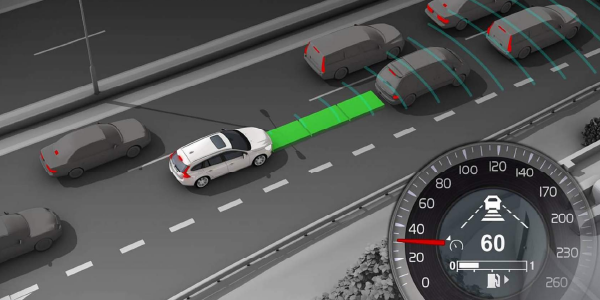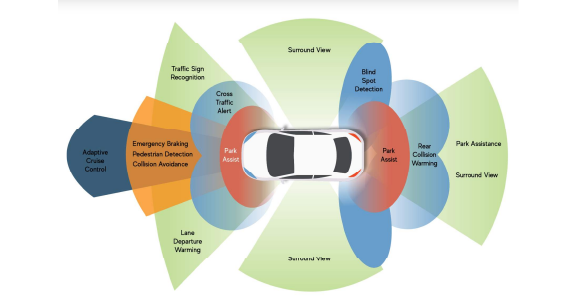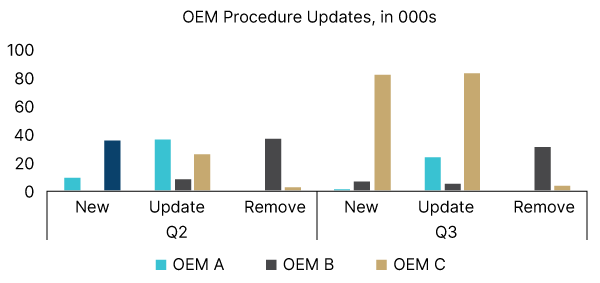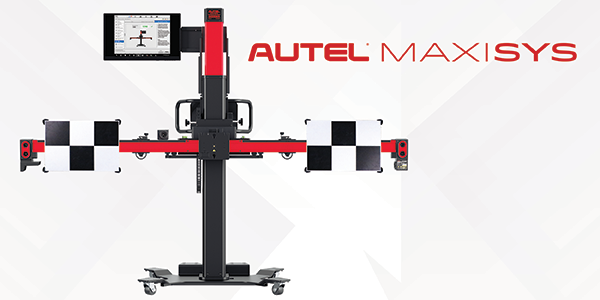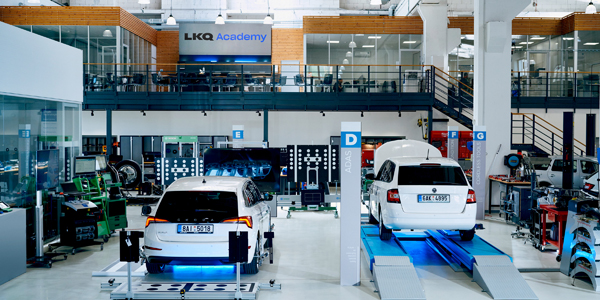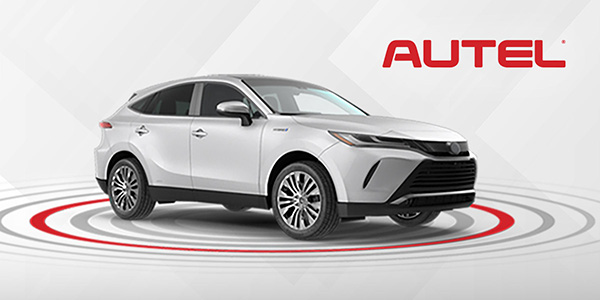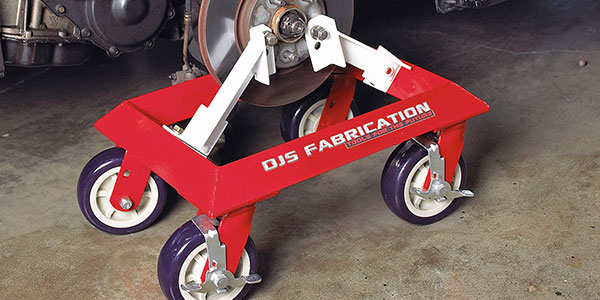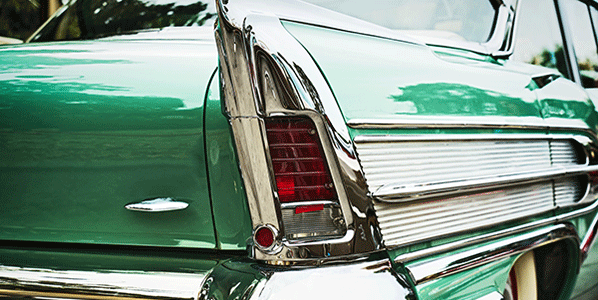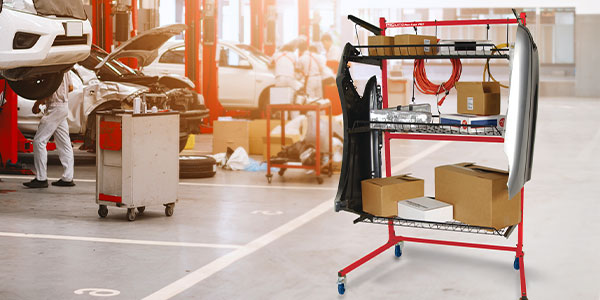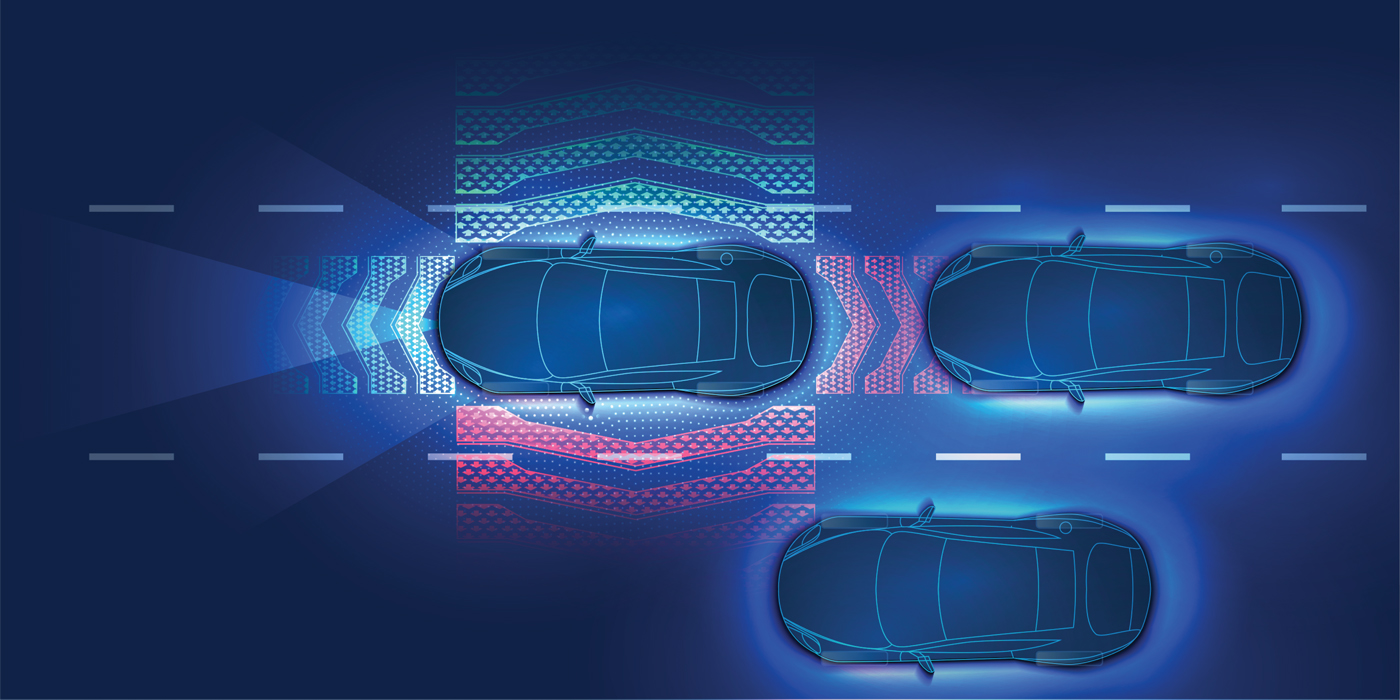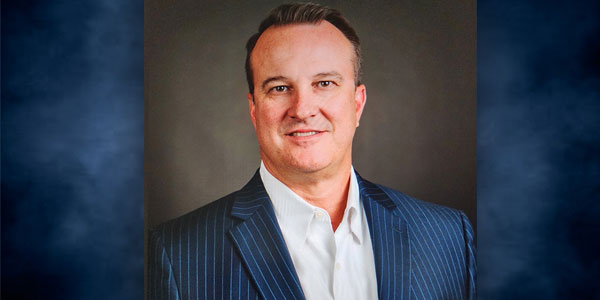Repairing vehicles with advanced driver-assistance systems (ADAS) can be tricky — particularly in the realm of paint and coatings. It is critical that refinishers follow OEM guidelines and recommendations when repairing vehicles with ADAS. Even so, gray areas remain.
The repair processes and paint application for damaged vehicles are being influenced by today’s vehicle technology, which includes radar, sensors and advancements towards autonomous driving.
Vehicle radar sensors, such as those used for park distance control, active park assist or adaptive cruise control, send and receive signals with the goal of ensuring the safety of both the vehicle and its passengers.
It is important to be aware that some refinish color formulas may contain levels of pigments that can disrupt radar signals and potentially lead to impaired functioning of radar devices after a vehicle undergoes repair and painting.
OEMs have identified specific colors which may negatively impact radar performance when applied during refinish operations. When requested by the OEM, paint manufacturers redevelop formulas for these colors which then undergo testing to ensure their compatibility with the technology before receiving approval.
Selecting and applying the recommended refinish paint products, as well as understanding repair processes and restrictions on color formulas for mixing and application, should be taken into consideration by every repairer. It is the repairer’s responsibility to ensure that sensors retain their functionality and integrity by using the correct repair methods.
OEMs provide their networks with necessary guidelines and precise repair standards regarding radar technology, outlining what can and cannot be repaired. It’s crucial to adhere to these repair methods to ensure vehicle safety. For each car model, OEMs produce specific, and frequently dedicated, manuals for radar and sensors. These manuals contain information and guidelines tailored to the refinish aftermarket and collision repairers.
Make sure to carefully review the radar and sensor repair manuals provided by OEMs. You can access these manuals through the OEM network and/or their online platforms. Each ADAS repair must be carried out in line with the OEM’s methods and specifications to maintain the vehicle and passenger’s safety.
For a more in-depth look at this issue, don’t forget to register for and attend AkzoNobel’s upcoming webinar, “Navigating the Intricate Landscape of Coatings and ADAS,” taking place on Monday, Sept. 25 at 2 p.m. EST. AkzoNobel’s technical experts Bob Chapman and Tracy Frye will help clear up some murky areas and discuss:
- What are some of the common procedures for prepping and refinishing around radar?
- Is total film build a problem, or just the thickness of the basecoat?
- Is it only metallic toners that can cause a problem with radar? Or can micas also cause a problem?
- And more!
Register at https://app.webinar.net/b2rXO7azvqA?mcc=website.
Sponsored by AkzoNobel.

